Kazumasa Ogawa’s Hand-Coloured Flower Photographs
During the 1890s, the artist took many photographs of Japanese flowers before colouring the images by hand.
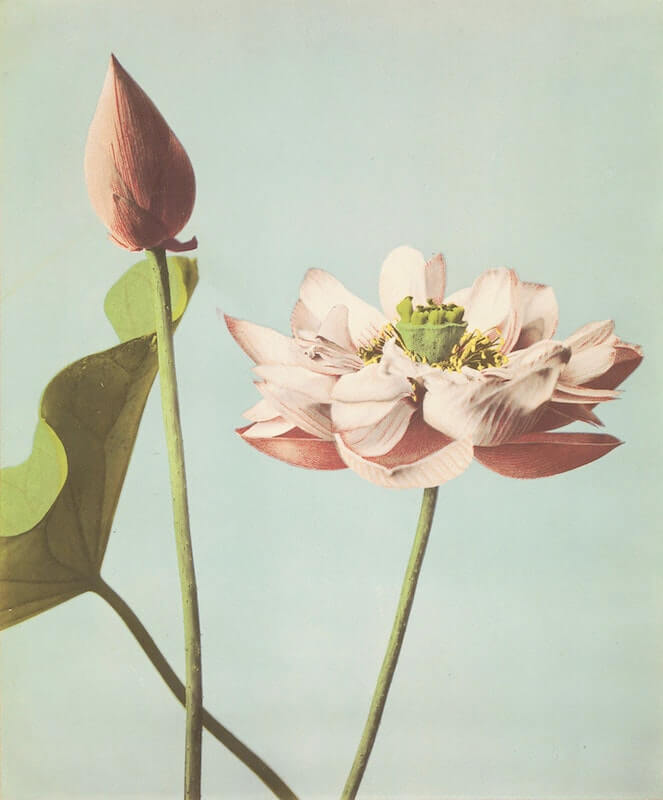
© Ogawa Kazumasa - Public Domain
From lotuses to chrysanthemums, lilies to morning glories, in the 1890s Kazumasa Ogawa photographed the emblematic flowers of Japan. A series of 38 plates, in phototype—a process that involves ink printing on a glass plate—was later assembled in the book Some Japanese Flowers, published in 1896.
Kazumasa Ogawa was a photographer, printer, and publisher, considered one of the pioneers of photography during the Meiji era (1868-1912). Born in 1860 in Saitama Prefecture, he discovered photography at the age of 13 through a mercenary while he was staying in Tokyo. At 17, he opened his own studio in the small town of Tomioka in Gunma Prefecture, before leaving for the USA a few years later to hone both his photographic technique and his English. In 1889, Kazumasa Ogawa also revived the photography magazine Shashin Shimpo, the first of its kind in Japan.
‘The language of flowers’
Kazumasa Ogawa specialised in subjects connected to Japanese tradition like rituals, geisha, and festivals and, by photographing flora, explored one of the facets of Japanese culture in which the symbolic nature of flowers occupies a prominent position. Translated as ‘the language of flowers’, the term hanakotoba was dedicated to the artist. In this language, the chrysanthemum symbolises the emperor and the imperial family, while the lotus, a Buddhist symbol, represents the purity of the mind and body.
After being photographed and printed, the images were then coloured by Kazumasa Ogawa himself. This colouring process was extremely fashionable during the Meiji era, and was also used by fellow artist Kusakabe Kimbei, among others.
Some Japanese Flowers (2013), a reprint of a book of photographs by Kazumasa Ogawa, is published by the J. Paul Getty Museum.
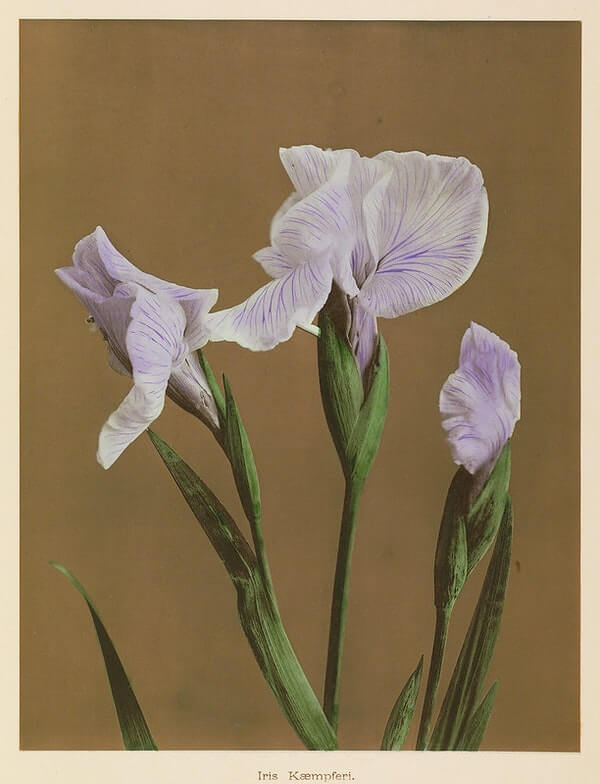
© Ogawa Kazumasa - Public Domain
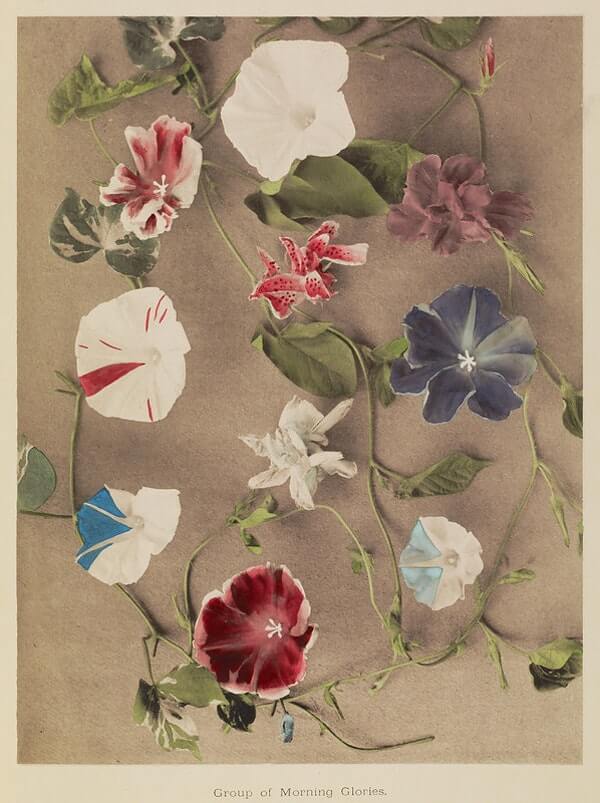
© Ogawa Kazumasa - Public Domain
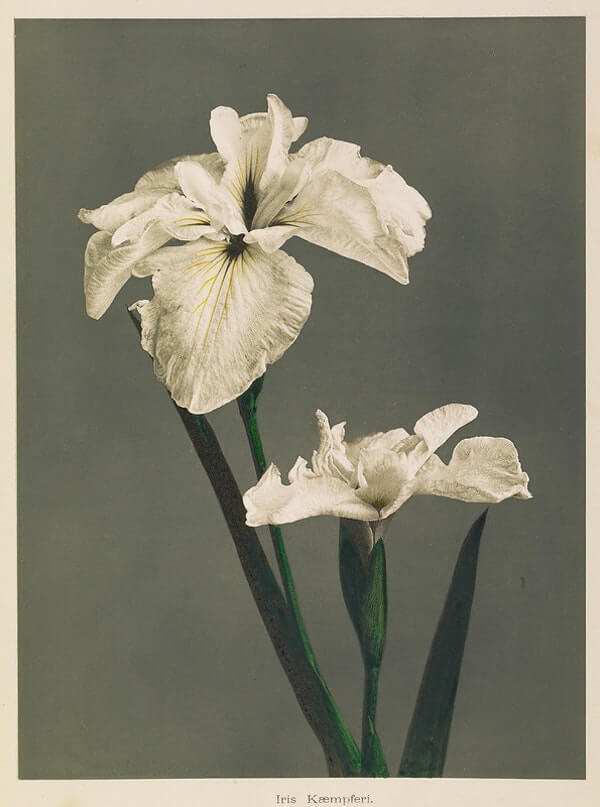
© Ogawa Kazumasa - Public Domain
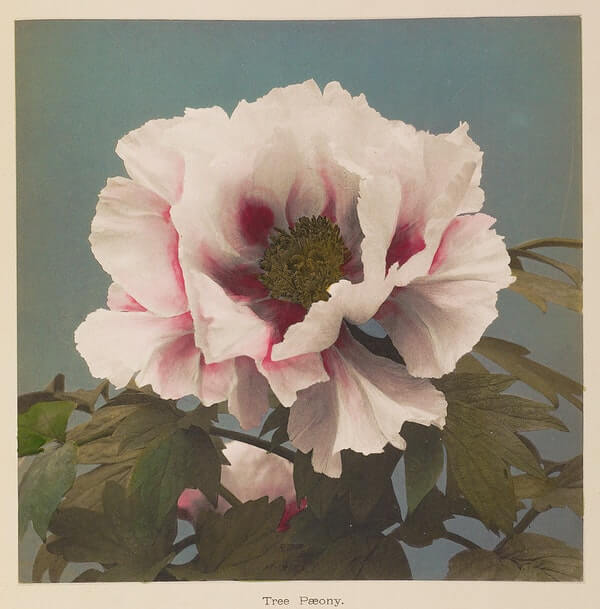
© Ogawa Kazumasa - Public Domain
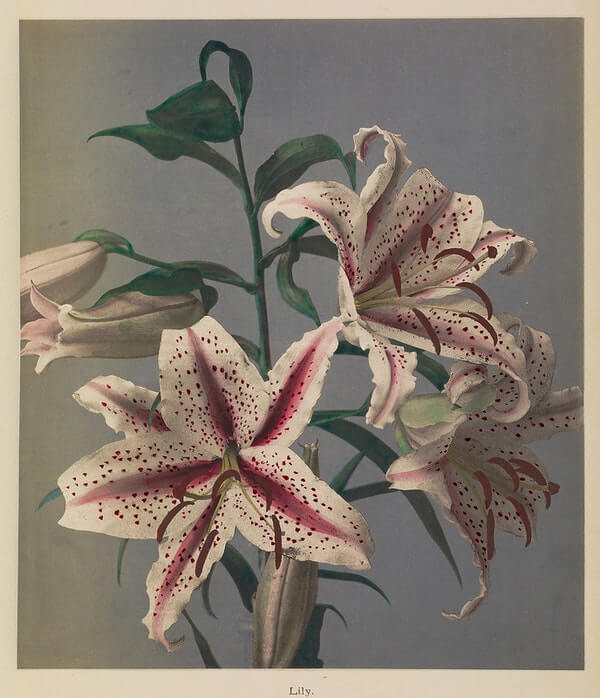
© Ogawa Kazumasa - Public Domain
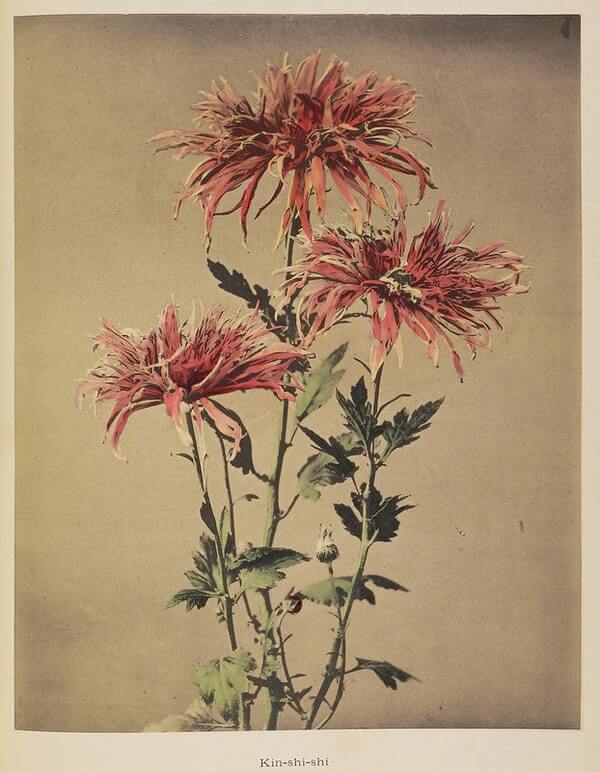
© Ogawa Kazumasa - Public Domain
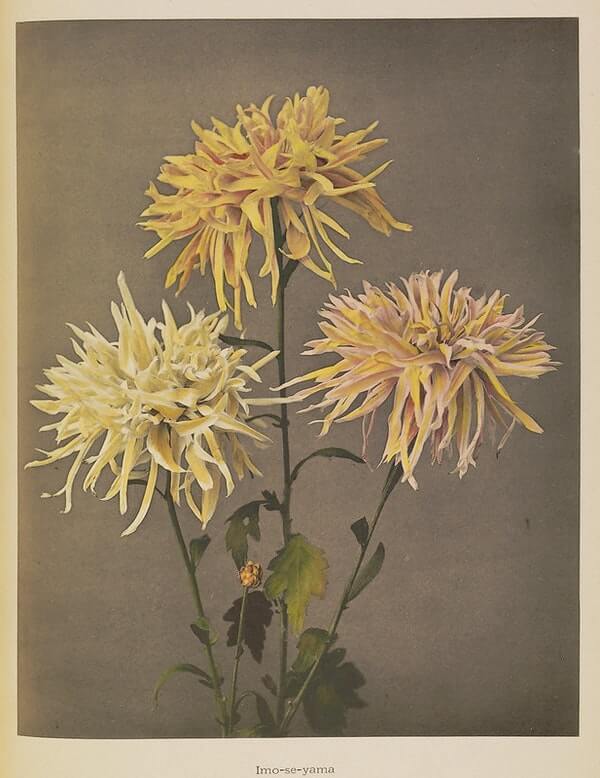
© Ogawa Kazumasa - Public Domain
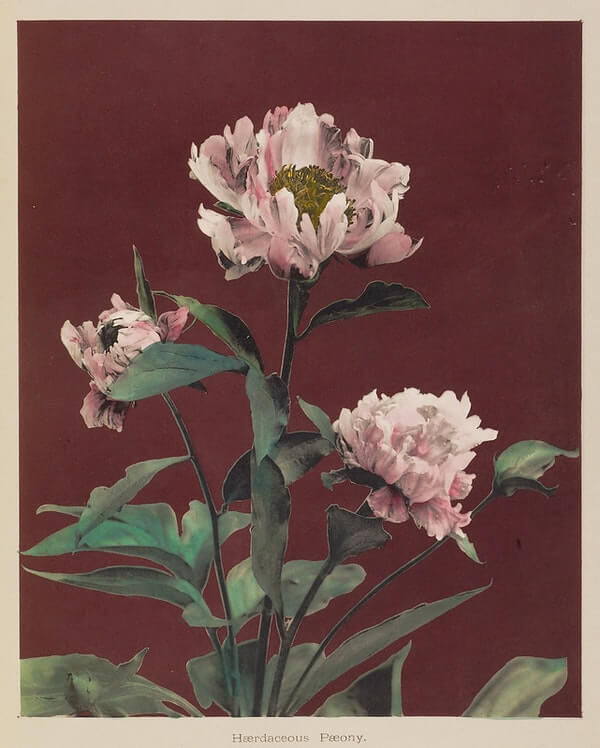
© Ogawa Kazumasa - Public Domain
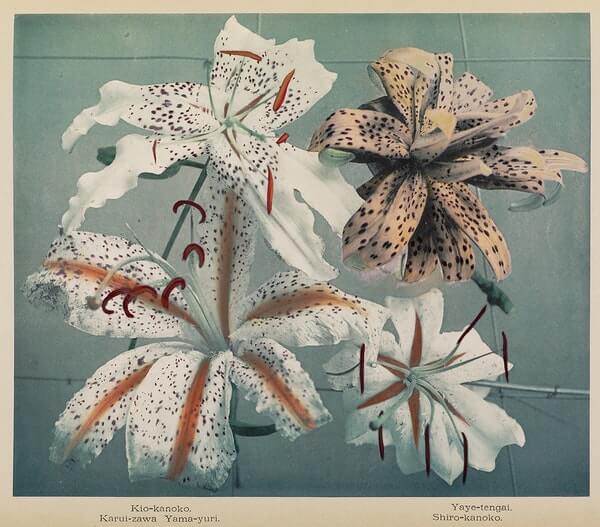
© Ogawa Kazumasa - Public Domain
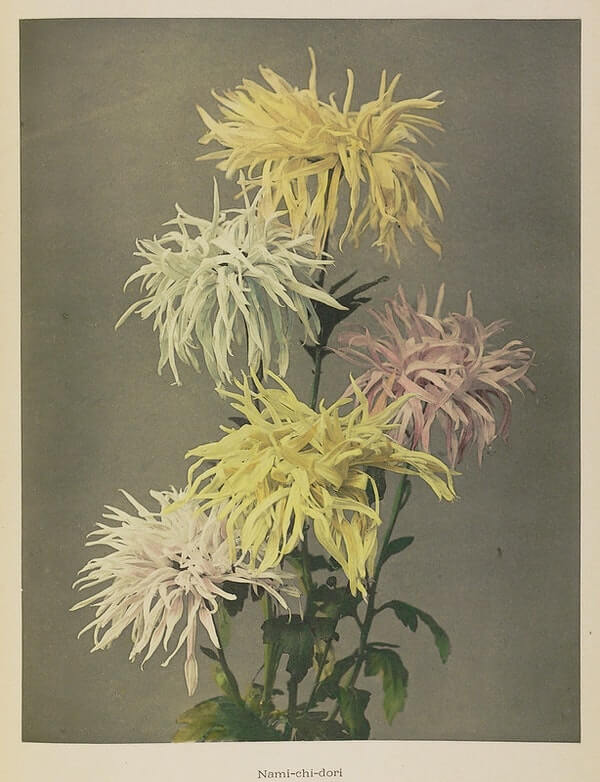
© Ogawa Kazumasa - Public Domain
TRENDING
-
The Tattoos that Marked the Criminals of the Edo Period
Traditional tattoos were strong signifiers; murderers had head tattoos, while theft might result in an arm tattoo.

-
Gashadokuro, the Legend of the Starving Skeleton
This mythical creature, with a thirst for blood and revenge, has been a fearsome presence in Japanese popular culture for centuries.

-
‘Girl in Kimono’ by Painter George Hendrik Breitner
After discovering Japanese engravings, the Dutch artist drew inspiration from them for a series of paintings marked by Japonisme.

-
'In the Realm of the Senses', the Story of a Dominant Woman
Nagisa Oshima made Sada Abe the heroine of his film, defying the codes of 'pinku eiga' that make men the focus of attention.

-
Recipe for Ichiraku Ramen from ‘Naruto’ by Danielle Baghernejad
Taken from the popular manga with the character of the same name who loves ramen, this dish is named after the hero's favourite restaurant.





